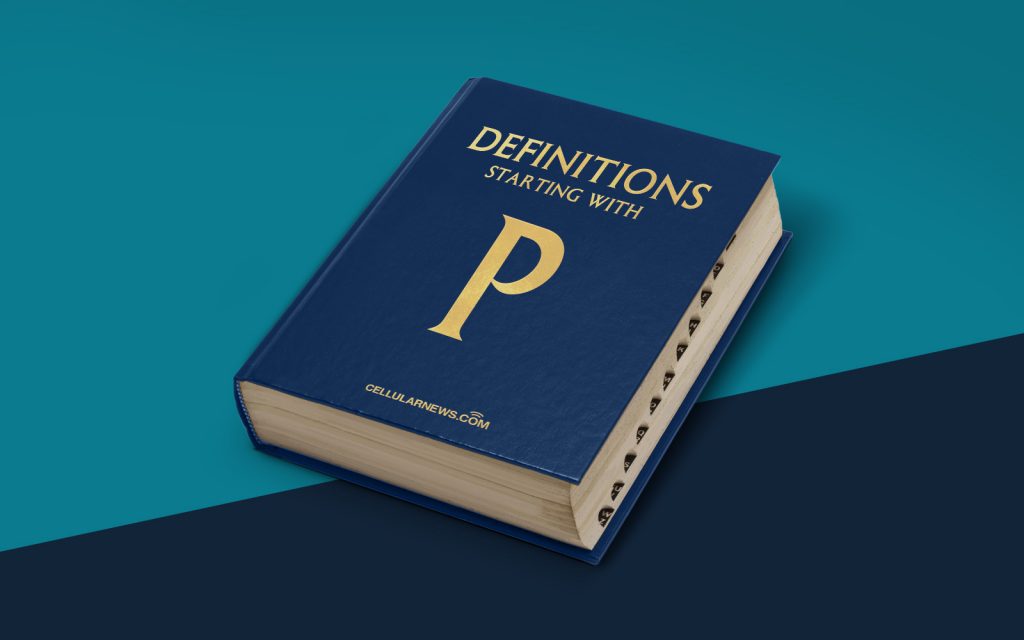
What is the Presentation Layer?
Welcome back to our “Definitions” series, where we dive into the fundamental concepts related to web development and SEO. Today, we will explore the fascinating world of the Presentation Layer. Have you ever wondered how information is displayed on your screen when you visit a website? Well, that’s where the Presentation Layer comes in! In this blog post, we’ll unravel the mysteries behind this crucial layer of the web development stack and understand its role in delivering a seamless user experience.
Key Takeaways:
- The Presentation Layer is responsible for presenting data to the user in an aesthetically pleasing and user-friendly manner.
- It controls the layout, formatting, and overall look-and-feel of a website or application.
The Presentation Layer, also known as the user interface layer or the view layer, acts as the bridge between the back-end logic and the end user. It takes the data processed by the application layer and transforms it into a visually appealing format that the user can interact with. Without the Presentation Layer, websites and applications would simply be a jumble of raw data without any structure or visual coherence.
At its core, the main objective of the Presentation Layer is to provide an intuitive and engaging user experience. It ensures that the content is organized, aesthetically pleasing, and easy to navigate, thus enhancing the overall user satisfaction. This layer decides how the data will be presented, whether it’s through a simple webpage layout, a visually rich multimedia experience, or a dynamic and interactive web application.
Here are some key components that contribute to the functionality of the Presentation Layer:
- Layout and Structure: The Presentation Layer defines the overall structure and arrangement of elements on a webpage or application screen. It determines the placement of headers, footers, sidebars, and content blocks, creating a coherent and visually appealing layout.
- Visual Styling: This layer controls the use of colors, fonts, images, and other visual elements to enhance the look-and-feel of the website or application. It ensures consistency and branding, making the user’s experience visually cohesive.
- User Interaction: The Presentation Layer is responsible for enabling user interaction through buttons, forms, menus, and other interactive elements. It defines the behavior of these elements, such as how they respond to user actions like clicks or input.
- Responsive Design: With the increasing usage of mobile devices, the Presentation Layer also needs to adapt to different screen sizes and resolutions. This layer ensures that the website or application remains accessible and functional across various devices and platforms.
By understanding the importance of the Presentation Layer, web developers and designers can create visually stunning and user-friendly websites or applications. It is crucial to strike a balance between aesthetics and functionality, ensuring that the design enhances the user experience while effectively conveying the intended message.
In conclusion, the Presentation Layer plays a vital role in web development by transforming raw data into visually appealing and engaging user interfaces. It defines the layout, styling, and interaction aspects of a website or application, ultimately contributing to the overall user satisfaction. So, the next time you visit a website and marvel at its beautiful design, remember the significant role played by the Presentation Layer behind the scenes!
